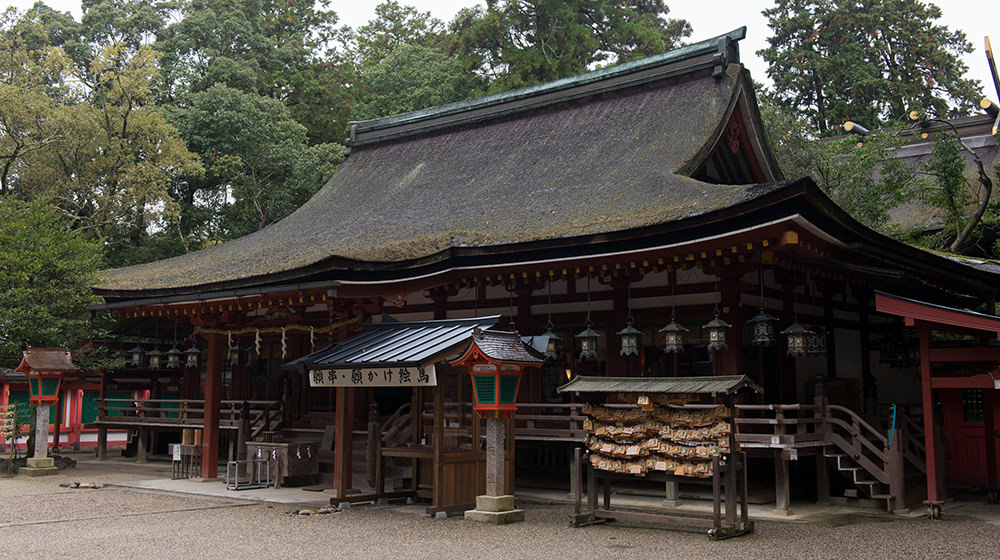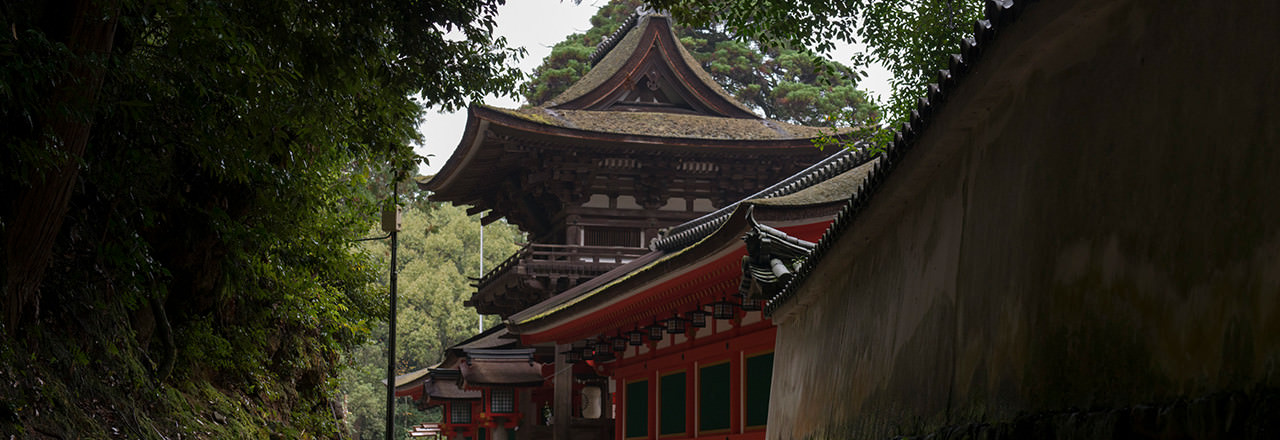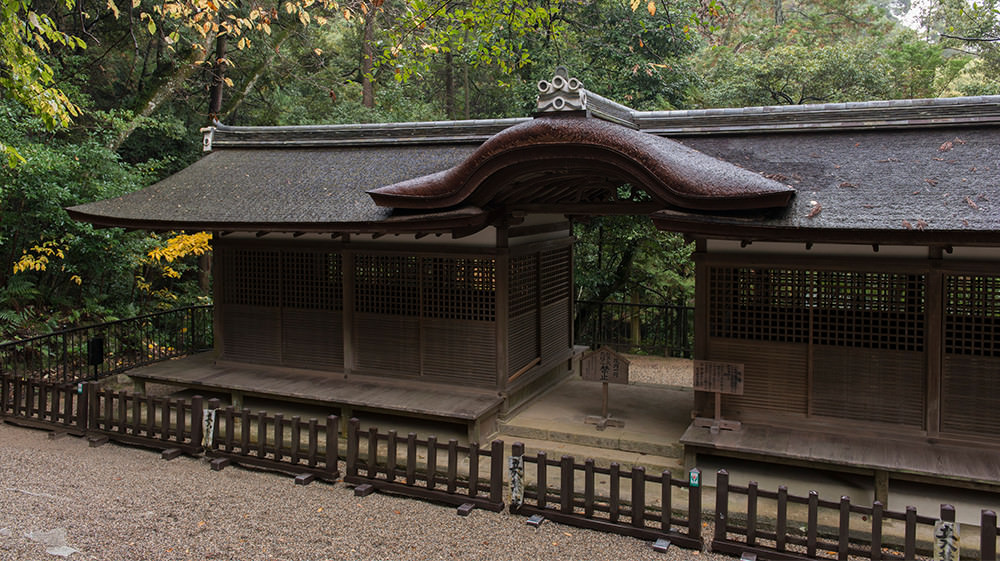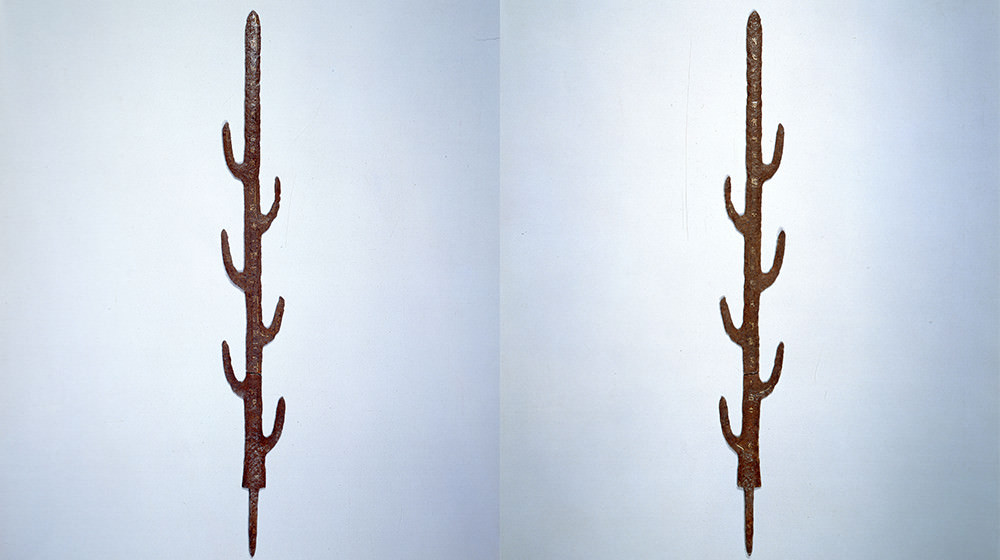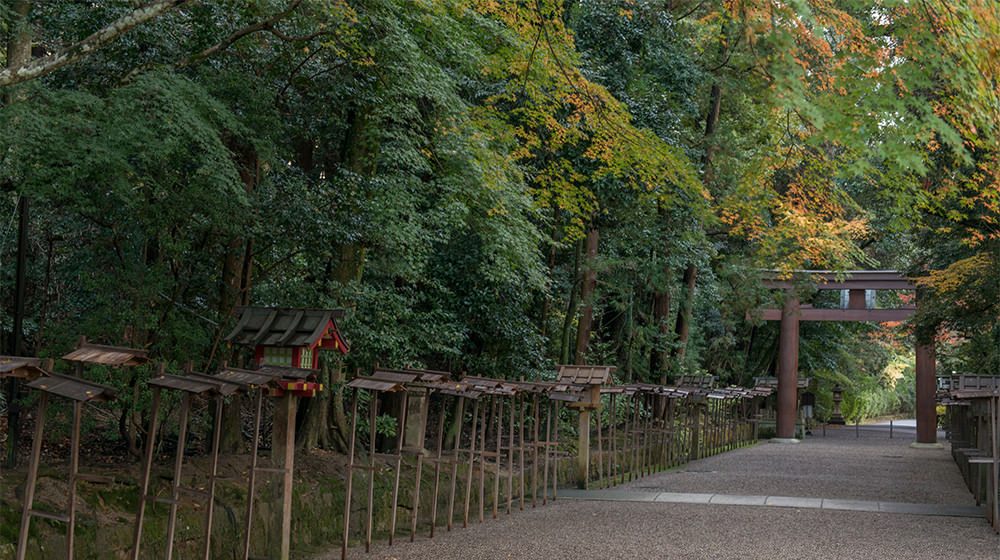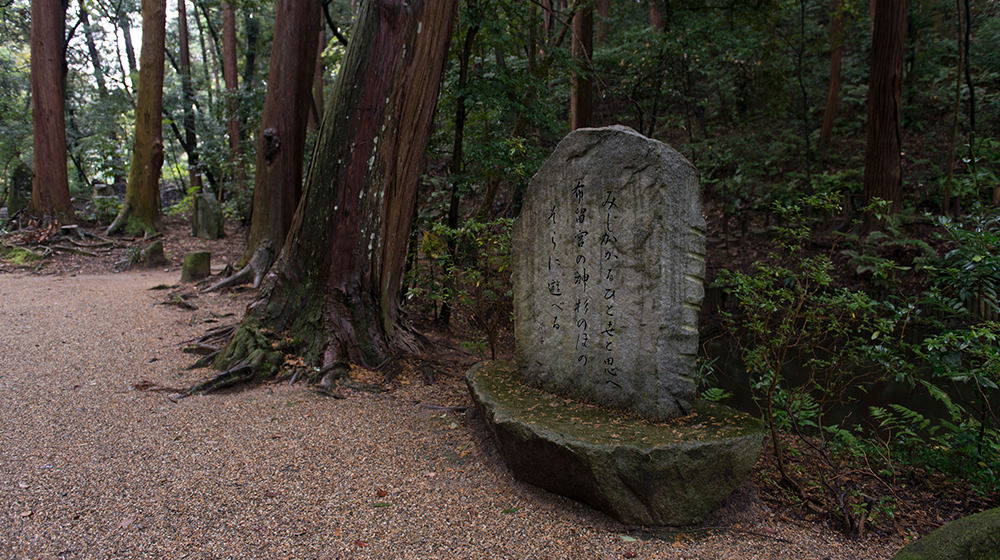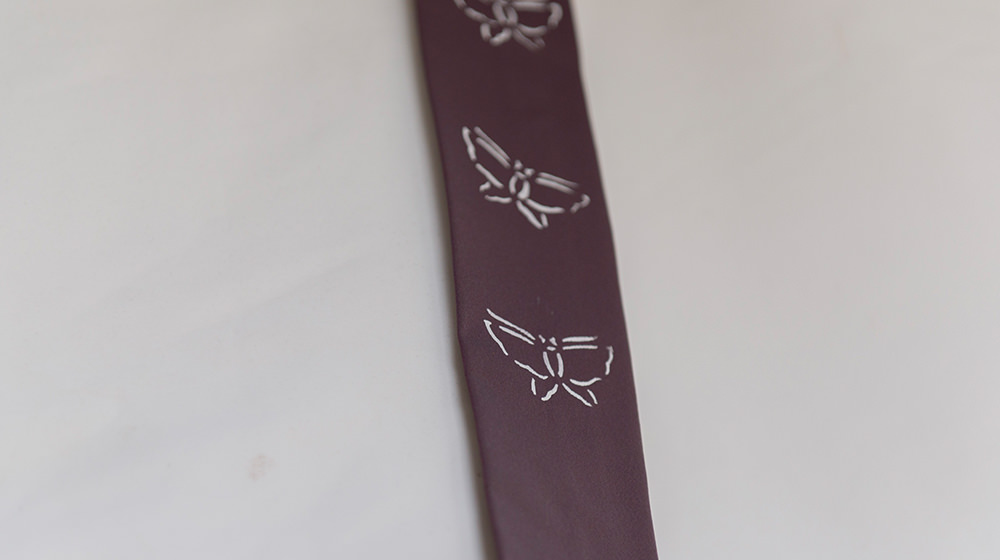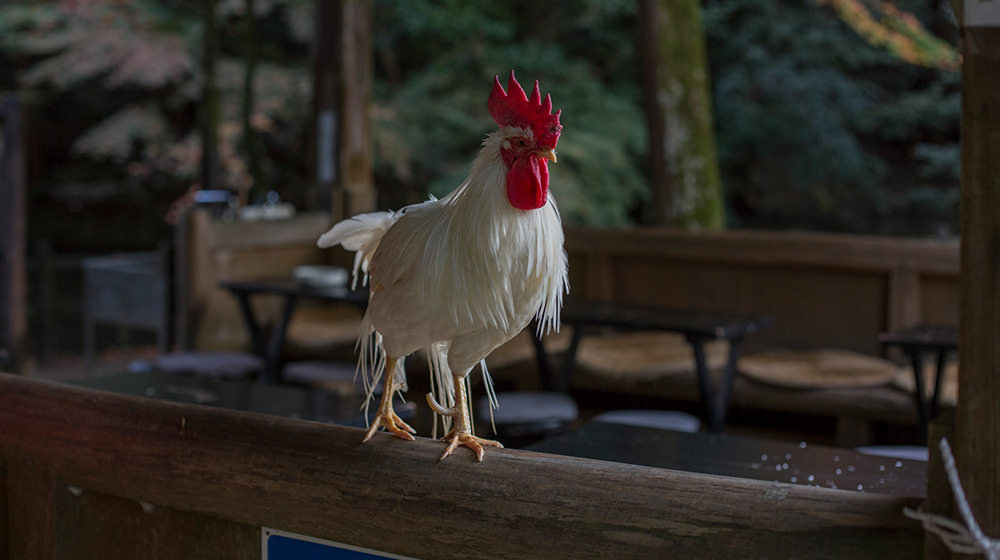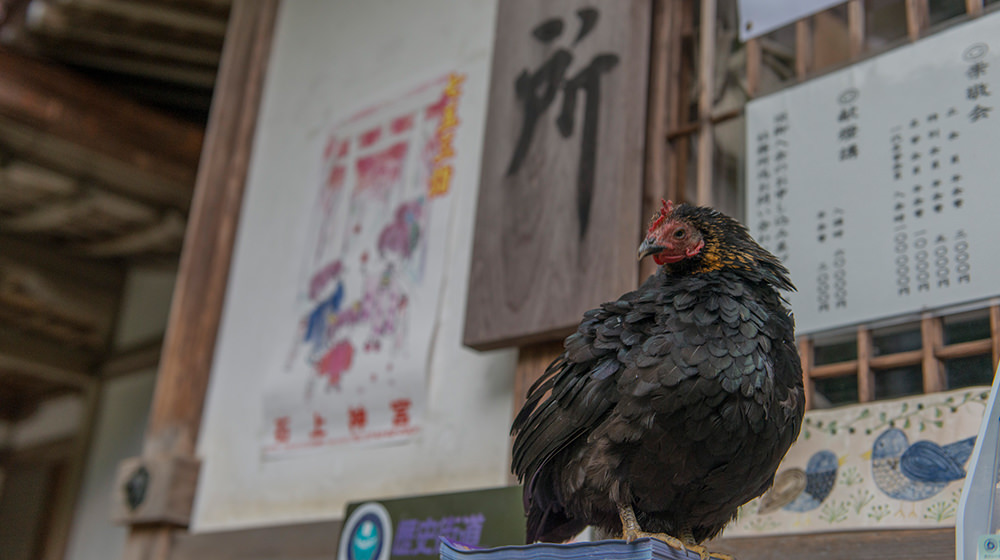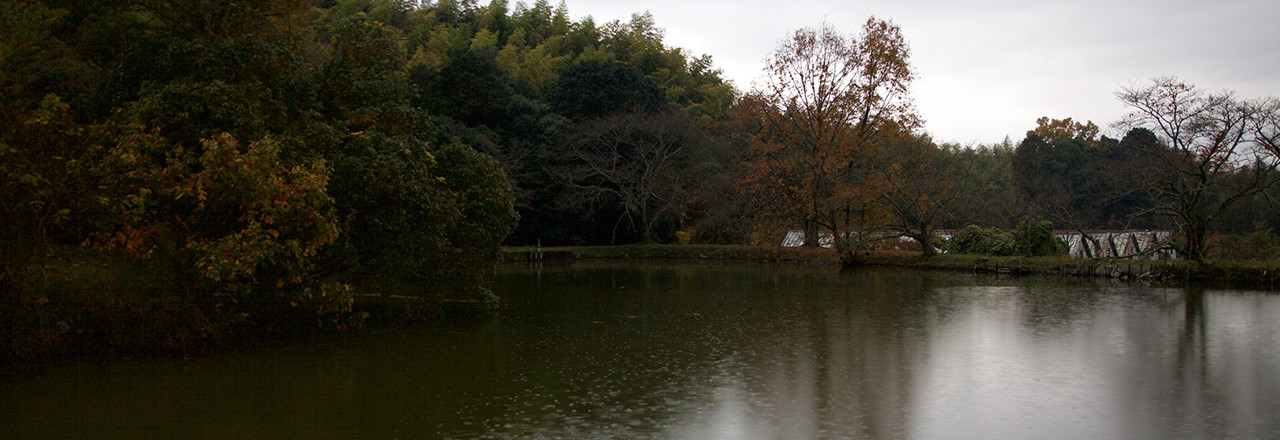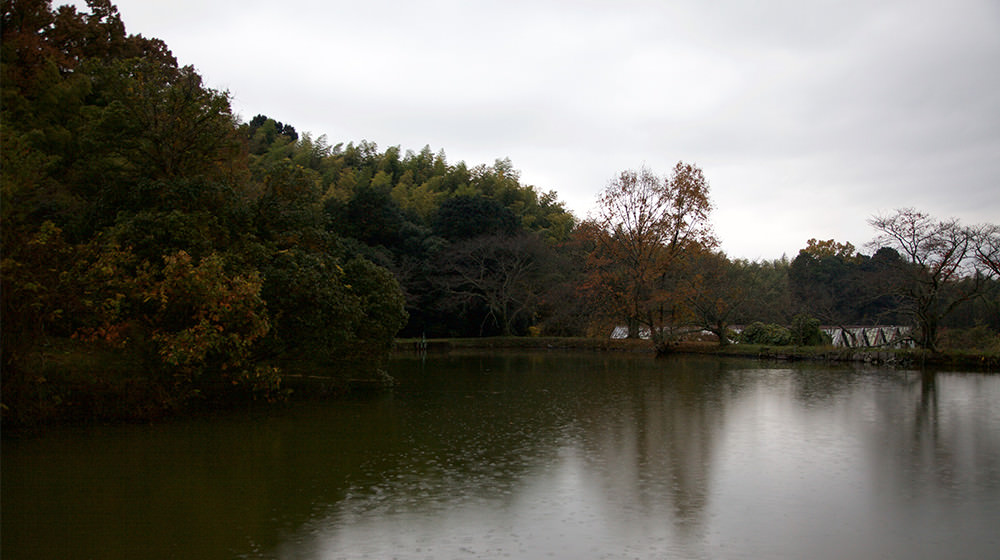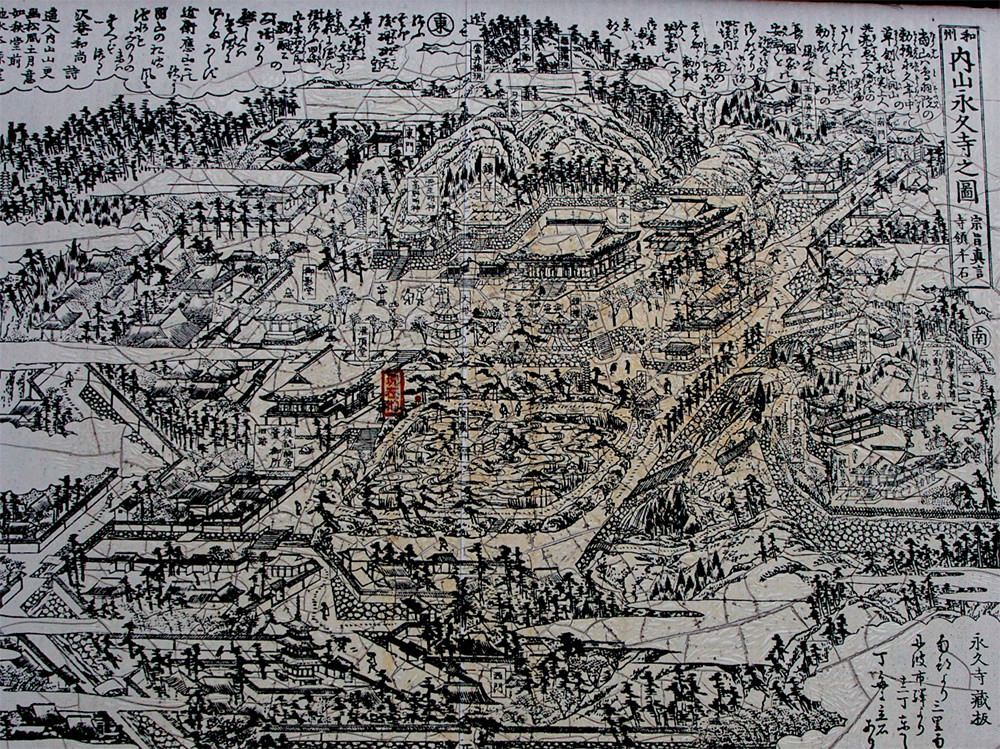Uchiyamaeikyuji Temple Ruins
内山永久寺跡
Founded in the 12th century, this temple received special treatment second only to Todaiji, Kofukuji and Horyuji Temple. It was called the “Nikko Toshogu Shrine of the West” and drew many worshipers. In the latter half of the 19th century the temple was abandoned due to the Haibutsu Kishaku movement (“abolish Buddhism and destroy Shākyamuni”, an ideology of destroying Buddhist temples, images, and texts, and forcing monks to return to secular life during the Meiji Restoration period). Now it is just a field, with only a lake and stone monument indicating what it used to be. Will be struck by the Buddhist teaching that "All worldly things are transitory" from what remains of the temple.
